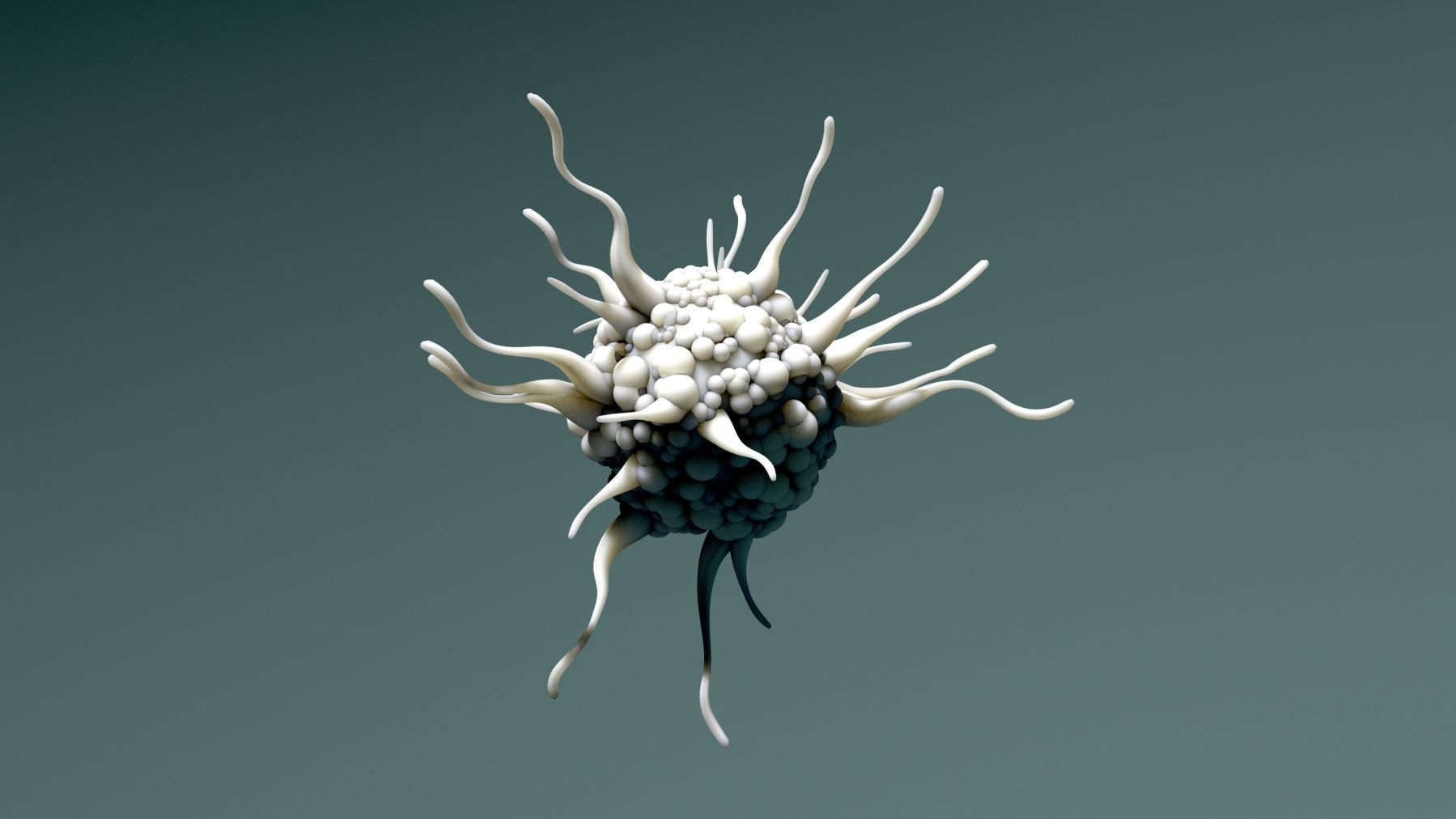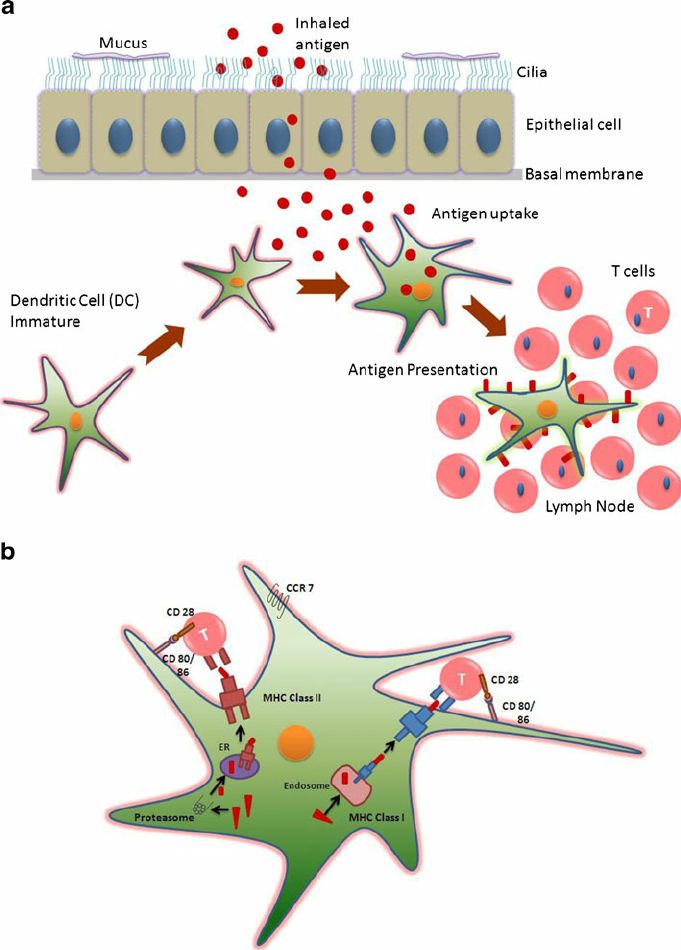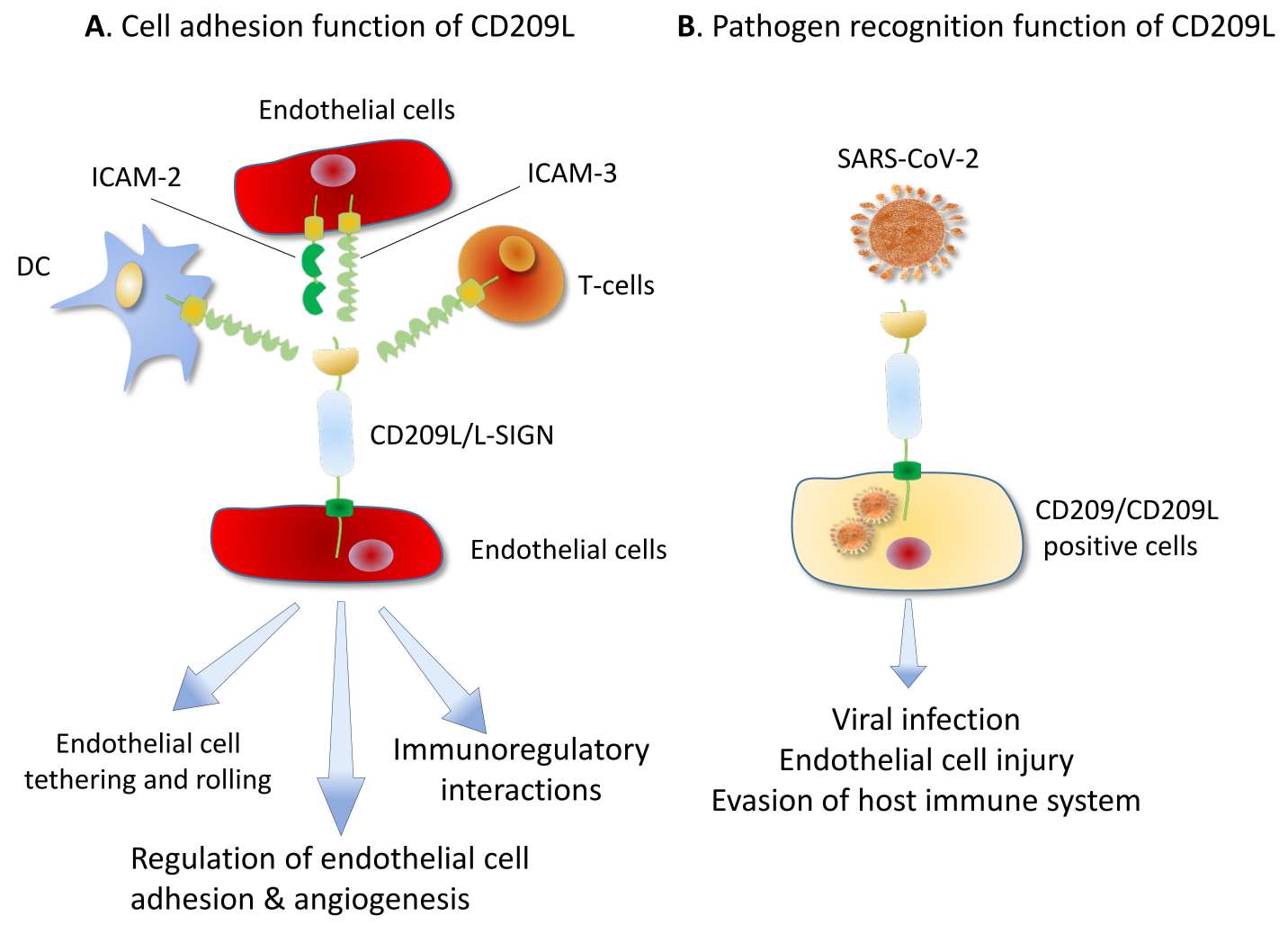CD Antigen (Dendritic Cell Pathogen Recognition Uptake)
Related Symbol Search List
Immunology Background
Available Resources for CD Antigen (Dendritic Cell Pathogen Recognition Uptake) Research
Creative BioMart is a leading supplier of resources and services specializing in CD antigens, specifically focusing on pathogen recognition and uptake of dendritic cells. Our platform is designed to provide researchers with a vast array of top-quality products, personalized services, and expert technical support to enhance scientific understanding and facilitate the development of innovative therapies.
Our comprehensive collection of CD antigens (dendritic cell pathogen recognition uptake) includes widely recognized markers such as CD74, CD32A, Fcgr2b, CD45, TLR3, TLR4, CD207, CD209, CLEC4M, and many others.
- Our product offerings encompass antibodies, recombinant proteins, protein pre-coupled magnetic beads, cell and tissue lysates, chromatography reagents, and various kits.
- We also offer tailored services to address specific research requirements. Our team of skilled scientists provides custom antibody development, protein engineering, recombinant antigen production, and assay development services.
- Additionally, we offer a wealth of resources to support CD antigen (dendritic cell pathogen recognition uptake) research, including information on involved pathways, protein functions, protein interactions, related articles, research areas, and other pertinent topics.
Our Featured Products
| Cat.# | Product name | Species | Source (Host) | Tag |
|---|---|---|---|---|
| CD45-10957H | Recombinant Human CD45, GST-tagged | Human | E.coli | GST |
| CD74-2227H | Active Recombinant Human CD74 protein, His-tagged | Human | HEK293 | His |
| CD207-10924H | Recombinant Human CD207, GST-tagged | Human | E.coli | GST |
| CD209-633H | Recombinant Human CD209 protein, hFc-tagged | Human | HEK293 | hFc |
| Tlr3-3079M | Recombinant Mouse Tlr3, His tagged | Mouse | Insect Cell | His |
| TLR4-296H | Active Recombinant Human TLR4/LY96 Complex Protein, His-tagged | Human | Mammalian cells | His |
| CLEC4M-3132H | Recombinant Human CLEC4M, Fc tagged | Human | Human Cell | Fc |
| FCGR2B-2962H | Recombinant Human FCGR2B, His & AVI tagged | Human | Human Cell | His/Avi |
About CD Antigen (Dendritic Cell Pathogen Recognition Uptake)
Dendritic cells (DCs) are key players in the immune system, responsible for capturing, processing, and presenting antigens to initiate immune responses. CD antigens, also known as clusters of differentiation antigens, expressed on dendritic cells are involved in pathogen recognition and uptake, enabling these cells to efficiently capture and internalize foreign invaders. Several CD antigens play important roles in this process:
- CD14: CD14 is primarily expressed on monocytes and macrophages but can also be present on a subset of dendritic cells. It functions as a co-receptor for Toll-like receptors (TLRs), facilitating the recognition of pathogen-associated molecular patterns (PAMPs) on pathogens. CD14 enhances the uptake and internalization of microbial components, such as lipopolysaccharide (LPS) from Gram-negative bacteria.
- CD206 (Mannose Receptor): CD206 is a C-type lectin receptor expressed on dendritic cells, macrophages, and other antigen-presenting cells. It recognizes carbohydrates, particularly mannose and fucose residues present on the surface of pathogens. CD206 mediates the internalization of pathogens, such as bacteria, fungi, and viruses, by binding to these carbohydrate moieties.

- CD209 (DC-SIGN): CD209, also known as DC-SIGN (Dendritic Cell-Specific Intercellular adhesion molecule-3-Grabbing Non-integrin), is a C-type lectin receptor predominantly expressed on dendritic cells. It recognizes high-mannose and fucose-containing glycans present on the surface of pathogens, including viruses, bacteria, and fungi. CD209 facilitates the capture and internalization of pathogens, promoting their presentation to immune cells.
- CD91: CD91, also known as low-density lipoprotein receptor-related protein 1 (LRP1), is expressed on the surface of dendritic cells and other cell types. It functions in the endocytic pathway and plays a role in antigen uptake. CD91 mediates the internalization of various ligands, including microbial components, by receptor-mediated endocytosis.
- CD36: CD36 is a scavenger receptor expressed on dendritic cells and other immune cells. It recognizes a wide range of ligands, including pathogen-derived molecules such as lipoteichoic acid from Gram-positive bacteria, lipoteichoic acid from fungi, and other microbial components. CD36 facilitates the internalization of pathogens and contributes to the innate immune response.
These CD antigens on dendritic cells are involved in the recognition of specific microbial patterns and facilitate the uptake and internalization of pathogens. By interacting with pathogen-associated molecules, these receptors enable dendritic cells to capture antigens efficiently and initiate subsequent immune responses. The recognition and uptake of pathogens by dendritic cells through CD antigens are crucial steps in immune surveillance and defense against microbial infections.
 Fig.2 Antigen uptake and presentation by dendritic cells (DCs) in the airways. (Kunda, et al., 2013)
Fig.2 Antigen uptake and presentation by dendritic cells (DCs) in the airways. (Kunda, et al., 2013)
Advances in the Study of CD Antigen (Dendritic Cell Pathogen Recognition Uptake)
Recent advances in the study of CD antigens involved in the recognition and uptake of pathogens by dendritic cells have expanded our understanding of the intricate immune responses. Here are some illustrative examples of these advances:
- Researchers have made significant progress in elucidating the role of CD206 in dendritic cell-pathogen interactions. For instance, studies have demonstrated that CD206 plays a crucial role in the recognition and internalization of Mycobacterium tuberculosis, the bacterium causing tuberculosis. Blocking CD206-mediated uptake of M. tuberculosis can impair the bacterium's ability to infect dendritic cells and subsequently activate immune responses.
- Advances in our understanding of CD209 have shed light on its involvement in the recognition and uptake of various viral pathogens. For example, studies have shown that CD209 facilitates the capture and internalization of the hepatitis C virus (HCV) by dendritic cells. This interaction leads to the modulation of immune responses against HCV infection.
- Recent research has provided insights into the role of CD14 in dendritic cell recognition of bacterial pathogens. For instance, studies have demonstrated that CD14 is involved in the recognition and uptake of lipoteichoic acid, a component of the cell wall of Gram-positive bacteria. CD14-mediated recognition of lipoteichoic acid triggers an immune response, contributing to the host's defense against bacterial infections.
- Advances in the study of CD36 have highlighted its contribution to dendritic cell recognition and uptake of various pathogens. For instance, research has shown that CD36 is involved in the recognition and internalization of Plasmodium falciparum-infected red blood cells, the causative agent of malaria. CD36-mediated uptake of infected cells by dendritic cells can impact immune responses and determine the outcome of malaria infection.
- Ongoing research continues to uncover the involvement of additional CD antigens in dendritic cell recognition and uptake of pathogens. For example, CD11c has been implicated in the recognition and internalization of respiratory syncytial virus (RSV) by dendritic cells. Blocking CD11c can prevent RSV-induced immune responses and reduce viral replication.
These advances in understanding the specific roles of CD antigens in dendritic cell recognition and uptake of pathogens enhance our knowledge of immune responses and hold promise for the development of targeted therapeutic approaches and vaccines. Continued research in this field will further expand our understanding of the complex interplay between CD antigens and dendritic cells in pathogen recognition and immune activation.
 Fig.3 C-type lectin CD209L/L-SIGN and CD209/DC-SIGN: Cell adhesion molecules turned to pathogen recognition receptors. (Boltjes A, et al., 2014)
Fig.3 C-type lectin CD209L/L-SIGN and CD209/DC-SIGN: Cell adhesion molecules turned to pathogen recognition receptors. (Boltjes A, et al., 2014)
If you have any questions, requirements, or cooperation intentions, please feel free to contact us. We very much look forward to working with you and helping you achieve research and commercial success.
Related References
- J. Luis Muñoz-Carrillo, J. Francisco Contreras-Cordero, O. Gutiérrez-Coronado, P. Trinidad Villalobos-Gutiérrez, L. Guillermo Ramos-Gracia, and J. Monserrat Vargas-Barboza, 'Role of Dendritic Cells in Pathogen Infections: A Current Perspective', Cell Interaction - Molecular and Immunological Basis for Disease Management. IntechOpen, Apr. 07, 2021.
- Rahimi N. C-type Lectin CD209L/L-SIGN and CD209/DC-SIGN: Cell Adhesion Molecules Turned to Pathogen Recognition Receptors. Biology. 2021; 10(1):1.
- Kunda, Nitesh K., et al. "Nanocarriers targeting dendritic cells for pulmonary vaccine delivery." Pharmaceutical research 30 (2013): 325-341.
